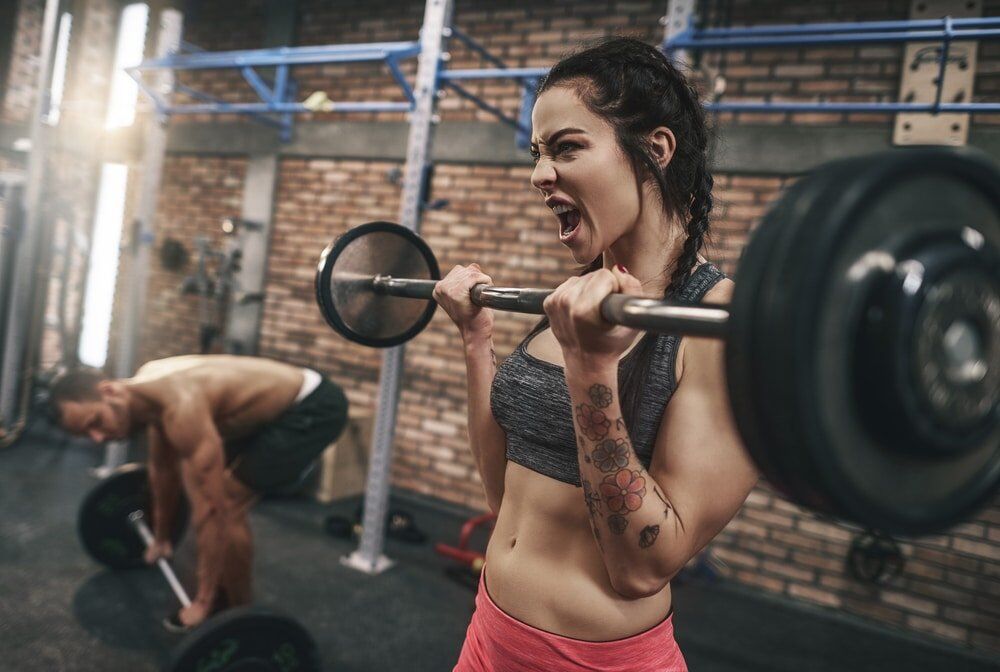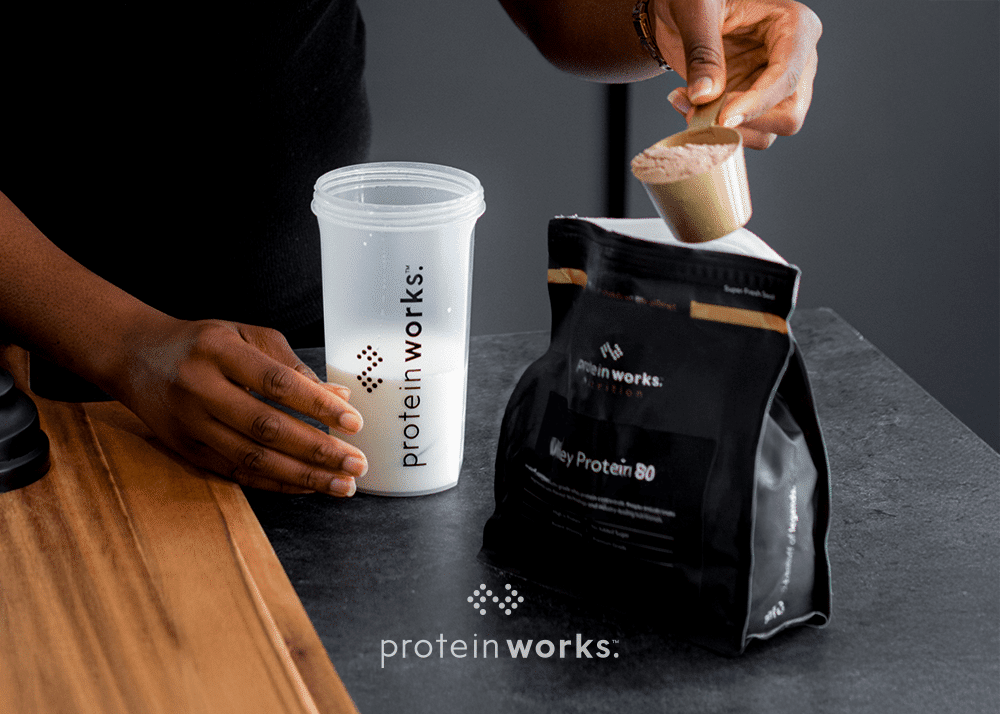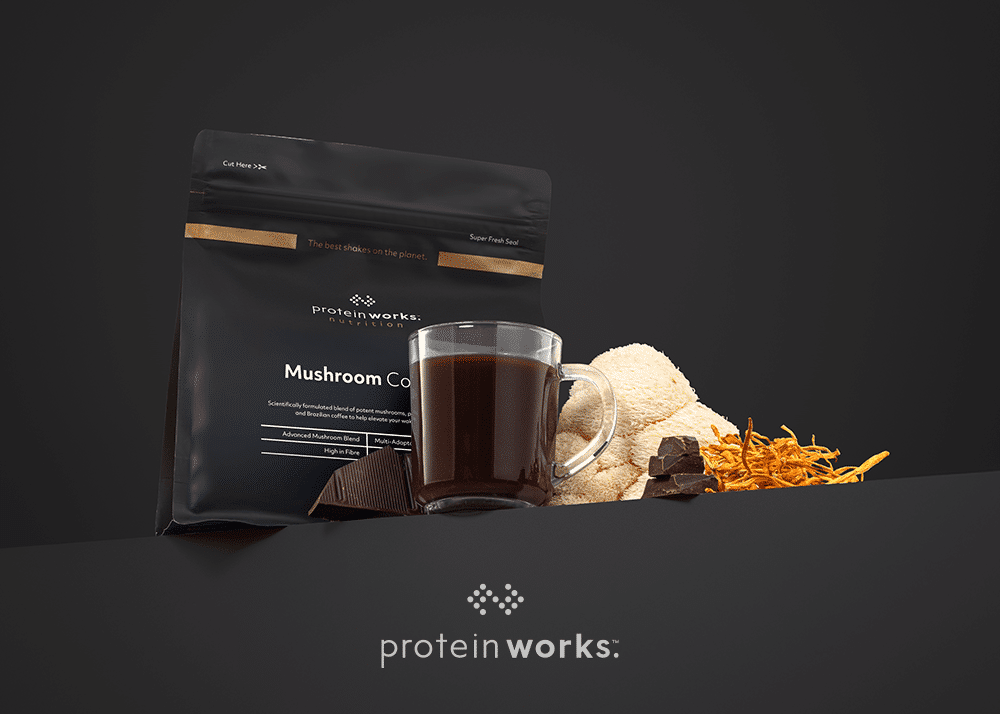
Dealing With Lifting-related Pain
Pain in the muscles and the joints can be, well, a pain. We have all experienced it, and it’s usually a sign that we need to ease off. However, sometimes it is simply indicative of our long-term commitment to the iron, or symptomatic of planned (and warranted) overreaching period. So, if we’re going to keep training, how can we attenuate this pain?
Drugs?

However, the anti-inflammatory effect of these drugs can inhibit muscular adaptation. Training is inflammatory, but if our goal is muscle gain, then this is a good thing; certain types of inflammation promote muscle damage and metabolic stress (which, as we know, are contributors to muscular hypertrophy). NSAIDs can get in the way of this adaptation, inhibiting the enzyme COX-1, which is responsible for pain and the “bad” inflammation, but also for the inflammation we want in order to illicit growth.
What’s the alternative?
My solution is to consider the pain as symptomatic and so go to the source. The origin of the pain is likely to be joints-related, nerve-related, or muscle-related (or some combination of the three). So, joints first. Glucosamine has been shown to be effective at reducing joint pain and acts on the joint itself (not solely through the “pain pathways” COX-1 and COX-2), reducing joint pain (1,2). Agmatine, on the other hand, has shown itself to be useful with regard to neuropathic (nerve-related) pain (3). And citrulline, as we know from my “Underrated Supplements for Muscle Building” article, is excellent at reducing muscle soreness (4). With those areas covered, it can only be recommended that omega-3s and medications (such as Celecoxib) that target the COX-2 enzyme also potentially be considered for relief of the pain/inflammation itself.
Physical intervention
I love the foam roller. It is because of the foam roller (twice daily, on the armpit, pec minor and upper lats) that I still have the shoulder mobility of a contortionist despite the chronic impact load of a piano juggler. It is because of the foam roller that I can still train hard, largely pain-free, and with full ROM. But don’t just take my word for it! Two recent (2014) studies (5,6) have demonstrated that rolling out the damaged muscle effects a significant acute reduction in muscle soreness.
So, suffer in silence no longer. Take your body in hand and implement these strategies so that you can train harder, for longer, and with all the enjoyment that weightlifting should bring you.
References:
- Noack, W. et al (1994). Glucosamine sulfate in osteoarthritis of the knee. Osteoarthritis Cartilage. 1994 Mar;2(1):51-9.
- Herrero-Beaumont, G. et al (2007). Glucosamine sulfate in the treatment of knee osteoarthritis symptoms: a randomized, double-blind, placebo-controlled study using acetaminophen as a side comparator. Arthritis Rheum. 2007 Feb;56(2):555-67.
- Keynan, O. et al (2010). Safety and Efficacy of Dietary Agmatine Sulfate in Lumbar Disc-associated Radiculopathy. An Open-label, Dose-escalating Study Followed by a Randomized, Double-blind, Placebo-controlled Trial. Pain Med. 2010 Mar;11(3):356-68.
- Perez-Guisado, J. et al (2010). Citrulline malate enhances athletic anaerobic performance and relieves muscle soreness. J Strength Cond Res. 2010 May;24(5):1215-22.
- MacDonald, G. Z. et al (2014). Foam Rolling as a Recovery Tool after an Intense Bout of Physical Activity. Medicine & Science in Sports & Exercise: 2014 Jan;46(1):131-42.
- Jay, K. et al (2014). Specific and cross over effects of massage for muscle soreness: randomized controlled trial. Int J Sports Phys Ther. 2014 Feb;9(1):82-91.






No Comments yet!